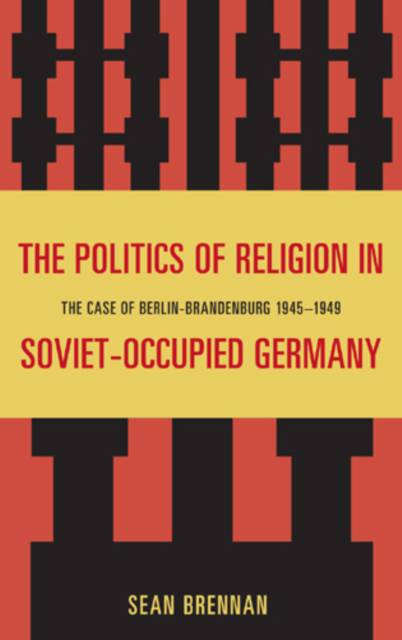
- Retrait gratuit dans votre magasin Club
- 7.000.000 titres dans notre catalogue
- Payer en toute sécurité
- Toujours un magasin près de chez vous
- Retrait gratuit dans votre magasin Club
- 7.000.0000 titres dans notre catalogue
- Payer en toute sécurité
- Toujours un magasin près de chez vous
Politics of Religion in Soviet-Occupied Germany
The Case of Berlin-Brandenburg 1945-1949
Sean Brennan
Livre relié | Anglais
203,45 €
+ 406 points
Description
This book analyzes the relationship between Soviet military authorities, the East German Communists, and the leadership of the Protestant and Catholic Churches in the Soviet zone of Germany, especially its central province of Berlin-Brandenburg. It discusses how relations worsened between communist and church authorities as the Soviet zone was rebuilt as a German state on the Stalinist model from 1945 to 1949.
Spécifications
Parties prenantes
- Auteur(s) :
- Editeur:
Contenu
- Nombre de pages :
- 256
- Langue:
- Anglais
Caractéristiques
- EAN:
- 9780739151259
- Date de parution :
- 25-11-11
- Format:
- Livre relié
- Format numérique:
- Ongenaaid / garenloos gebonden
- Dimensions :
- 155 mm x 231 mm
- Poids :
- 544 g

Les avis
Nous publions uniquement les avis qui respectent les conditions requises. Consultez nos conditions pour les avis.






